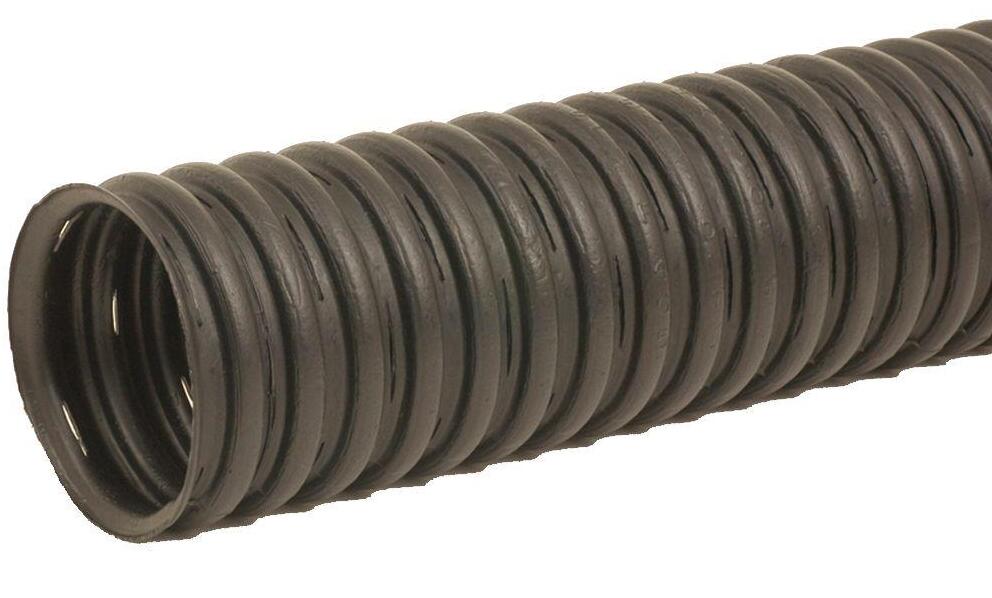Reinforced thermoplastic pipe (RTP) is a generic term referring to a reliable high strength synthetic fibre (such as glass, aramid or carbon), initially developed in the early 1990s by Wavin Repox, Akzo Nobel and by Tubes d’Aquitaine from France, who developed the first pipes reinforced with synthetic fibre to replace medium pressure steel pipes in response to growing demand for non-corrosive conduits for application in the onshore oil and gas industry, particularly in the Middle East.Typically, the materials used in the construction of the pipe might be Polyethylene (PE), Polyamide-11 or PVDF and may be reinforced with Aramid or Polyester fibre although other combinations are used.

More recently the technology of producing such pipe, including the marketing, rests with a few key companies, one of which is Pipelife with Soluforce where it is available in coils up to 400 m (1,312 ft) length. These pipes are available in pressure ratings from 30 to 90 bar (3 to 9 MPa; 435 to 1,305 psi). Over the last few years this type of pipe has been acknowledged as a standard alternative solution to steel for oilfield flowline applications by certain oil companies and operators. The great advantage of this pipe is also its very fast installation time compared to steel pipe when considering the welding time as average speeds up to 1,000 m (3,281 ft)/day have been reached installing RTP in ground surface.
Primarily, the pipe provides benefit to applications where steel may rupture due to corrosion and installation time is an issue.
PTFE is a thermoplastic polymer, which is a white solid at room temperature, with a density of about 2200 kg/m3. According to Chemours, its melting point is 600 K (327 °C; 620 °F).[19] It maintains high strength, toughness and self-lubrication at low temperatures down to 5 K (−268.15 °C; −450.67 °F), and good flexibility at temperatures above 194 K (−79 °C; −110 °F). PTFE gains its properties from the aggregate effect of carbon-fluorine bonds, as do all fluorocarbons. The only chemicals known to affect these carbon-fluorine bonds are highly reactive metals like the alkali metals, and at higher temperatures also such metals as aluminium and magnesium, and fluorinating agents such as xenon difluoride and cobalt(III) fluoride.
The coefficient of friction of plastics is usually measured against polished steel.PTFE’s coefficient of friction is 0.05 to 0.10, which is the third-lowest of any known solid material (BAM being the first, with a coefficient of friction of 0.02; diamond-like carbon being second-lowest at 0.05). PTFE’s resistance to van der Waals forces means that it is the only known surface to which a gecko cannot stick. In fact, PTFE can be used to prevent insects climbing up surfaces painted with the material. PTFE is so slippery that insects cannot get a grip and tend to fall off. For example, PTFE is used to prevent ants climbing out of formicaria.
Post time: Feb-27-2018

